6. Edible Flower Kitchen Garden
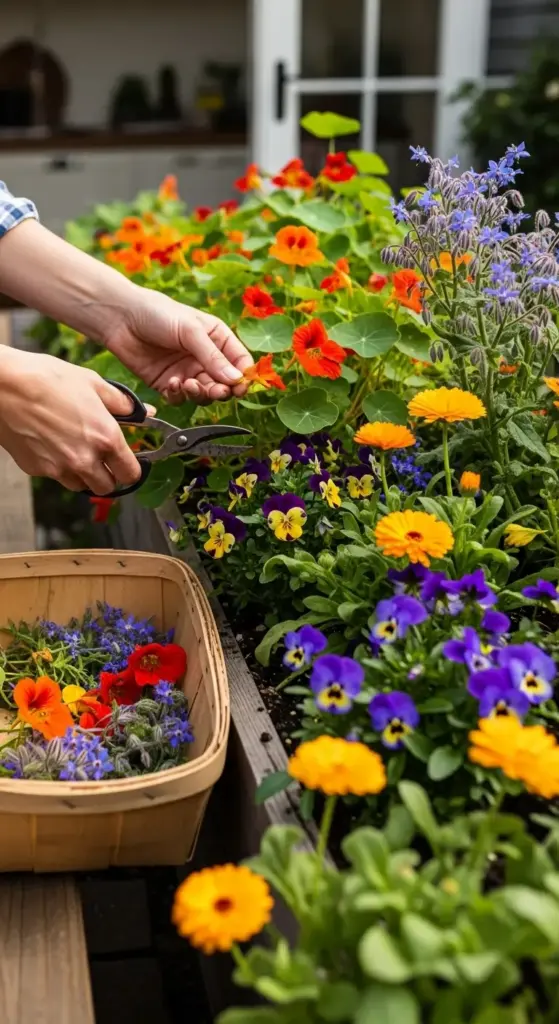
I’ll never forget the first time I garnished a salad with nasturtium flowers from my garden. My dinner guests thought I was some kind of gourmet chef, when really I’d just discovered the most beautiful way to make regular food look fancy.
Who knew you could literally eat your garden decorations?
Beautiful Flowering Plants You Can Actually Eat
Edible flower gardening completely changed how I think about garden planning. Instead of just pretty flowers, I now grow ingredients that make every meal look restaurant-worthy.
Nasturtiums are the gateway drug to edible flowers. They taste peppery like watercress and come in gorgeous oranges, reds, and yellows. I plant them everywhere because they’re practically foolproof.
Violas and pansies have this mild, slightly sweet flavor that’s perfect for beginners. The purple and yellow varieties look incredible scattered on salads or frozen in ice cubes.
Calendula petals taste slightly spicy and add amazing golden color to everything. I call them “poor man’s saffron” because they give rice and soups that beautiful yellow tint.
Borage flowers taste like cucumber and are stunning bright blue. Nothing makes people gasp at dinner parties like blue flowers on their plates.
Squash blossoms are technically flowers but substantial enough to stuff and fry. Male blossoms won’t affect your harvest, so you can eat them guilt-free.
Rose petals from unsprayed roses add floral notes to desserts and drinks. I grow ‘Mr. Lincoln’ roses specifically for cooking – they’re incredibly fragrant.
Garden-to-Table Recipes That Actually Taste Good
My first attempts at cooking with edible flowers were disasters because I treated them like regular ingredients. They need special handling to shine.
Nasturtium pesto is my signature dish now. I blend nasturtium leaves and flowers with garlic, olive oil, and pine nuts. The peppery kick is addictive.
Viola ice cubes turn any drink into something special. I freeze individual flowers in ice cube trays – they look like little jewels in glasses.
Calendula butter is ridiculously easy and impressive. I mix chopped petals into softened butter with a pinch of salt. It’s gorgeous on fresh bread.
Squash blossom quesadillas use the whole flower stuffed with cheese and herbs. I dip them in light batter and pan-fry until crispy.
Rose petal jam sounds fancy but it’s just regular jam with rose petals added in the last few minutes of cooking. The color is incredible.
Borage flower salad combines the flowers with cucumber and mint for a refreshing summer side dish. The flavors complement each other perfectly.
Companion Planting for Maximum Garden Efficiency
Edible flower companion planting lets you grow gorgeous flowers that also improve your vegetable harvest. It’s like getting two gardens in one space.
Nasturtiums planted around tomatoes and cucumbers repel aphids and cucumber beetles. Plus, you get beautiful flowers and peppery leaves for salads.
Calendula scattered throughout vegetable beds attracts beneficial insects while providing petals for cooking. I plant them every 3 feet in my tomato rows.
Borage planted near strawberries supposedly improves their flavor. I can’t prove it scientifically, but my strawberries have never tasted better.
Marigolds protect vegetables from nematodes while giving you edible petals. The signet marigold varieties taste citrusy and look amazing in fruit salads.
Chive blossoms provide purple flowers for garnishing while the plants keep aphids away from roses. It’s like having bodyguards that also happen to be delicious.
Harvesting Techniques That Preserve Flavor and Beauty
Harvesting edible flowers requires completely different timing than regular flower cutting. I learned this after picking flowers at the wrong time and wondering why they tasted terrible.
Morning harvest right after dew dries gives you the best flavor and longest vase life. Flowers are fully hydrated but not stressed from afternoon heat.
Gentle handling is crucial – edible flowers bruise easily and lose their appeal quickly. I use small scissors and harvest into shallow baskets lined with damp paper towels.
Immediate processing keeps flowers fresh and flavorful. I sort, clean, and either use them immediately or store them properly within an hour of picking.
Flower selection matters – choose flowers that just opened rather than ones that have been open for days. Fresh flowers taste better and look more vibrant.
Clean cutting with sharp scissors prevents damage that leads to quick deterioration. I sterilize my scissors between different flower varieties.
Preserving Edible Flowers for Year-Round Use
Preserving edible flowers extends your harvest season and lets you enjoy garden flavors all winter long. Some methods work better than others.
Freezing in ice cubes preserves both beauty and flavor for drinks. I make different combinations – rose petals with mint, violas with lemon zest.
Drying works well for calendula and rose petals. I use a dehydrator on the lowest setting or air-dry them on screens in a dark, well-ventilated area.
Flower vinegars capture both flavor and color beautifully. I fill jars with fresh flowers and cover with white wine vinegar for 2-3 weeks.
Flower salts are gorgeous and flavorful. I layer coarse sea salt with dried flower petals and let them infuse for several weeks.
Flower sugars work amazingly with rose petals and violets. The sugar draws out the floral oils and creates incredible flavored sugar for baking.
Freezing whole flowers in oil doesn’t work well – they get mushy and lose their visual appeal.
Safety Guidelines That Could Save Your Life
Edible flower safety is no joke. I almost made my family sick before I learned the rules about what’s actually safe to eat.
Positive identification is absolutely crucial. Never eat a flower unless you’re 100% certain of its identity and safety. When in doubt, don’t risk it.
Pesticide-free growing is essential for edible flowers. I never use any chemicals on plants I plan to eat, and I don’t harvest from roadsides or unknown gardens.
Allergic reactions can happen with any new food. I always try tiny amounts of new edible flowers first and wait to see how my body reacts.
Toxic look-alikes exist for many edible flowers. Sweet peas look similar to edible pea flowers but are poisonous. Always double-check your identification.
Grocery store flowers are never safe to eat – they’re treated with chemicals and dyes that aren’t food-safe. Only eat flowers you’ve grown yourself or bought from reputable sources.
Moderation is key even with safe edible flowers. They’re meant to be garnishes and flavor accents, not main ingredients.
Creative Presentation Ideas for Special Occasions
Edible flower presentation can transform ordinary meals into memorable experiences. I’ve learned some tricks that never fail to impress guests.
Flower ice rings for punch bowls look absolutely stunning. I freeze layers of flowers and herbs in bundt pans to create gorgeous floating centerpieces.
Individual flower garnishes on each plate make every guest feel special. I place 2-3 coordinated flowers on each serving for elegant restaurant-style presentation.
Flower butter pats shaped with small molds and topped with single petals look incredibly professional. I make them ahead and keep them chilled until serving.
Salad compositions using flowers as the main ingredient rather than just garnish create show-stopping first courses. I arrange different colored flowers like an artist’s palette.
Cocktail garnishes with frozen flower ice cubes or fresh flower stirrers turn simple drinks into Instagram-worthy creations.
Dessert decorations using candied flowers or fresh petals make homemade cakes look bakery-professional. Rose petals on chocolate cake are absolutely gorgeous.
Seasonal Edible Flower Planning
Year-round edible flowers require succession planting and variety selection. My garden now provides cooking ingredients from spring through fall.
Spring starts with violet leaves and flowers, dandelion petals, and early chive blossoms. These bridge the gap between stored winter ingredients and summer abundance.
Early summer brings nasturtiums, calendula, and borage into full production. This is when I do most of my preserving for winter use.
Mid-summer adds squash blossoms, bee balm, and day lily buds. The variety of flavors and colors peaks during this season.
Late summer features sunflower petals, late nasturtiums, and hibiscus flowers. These extend the harvest as spring flowers fade.
Fall relies on late-blooming calendula and chrysanthemum petals. Cool weather actually improves the flavor of many edible flowers.
Common Edible Flower Mistakes
Over-harvesting can kill plants if you’re not careful. I learned to take no more than 1/3 of available flowers at any one time.
Wrong storage ruins edible flowers quickly. They need to be kept cool and slightly moist but not wet. I store them between damp paper towels in the refrigerator.
Flavor mismatching happens when you pair strong-flavored flowers with delicate dishes. Nasturtiums can overpower subtle flavors, while violas get lost in spicy foods.
Presentation overkill makes dishes look gaudy rather than elegant. Less is definitely more when it comes to edible flower garnishing.
Seasonal confusion leads to disappointment when you expect flowers that aren’t in season. I keep a harvest calendar to manage my expectations and menu planning.
The most surprising thing about edible flower gardening? It’s made me a much more creative cook. When you have beautiful, flavorful flowers available, you start thinking about food presentation in completely new ways.
My dinner parties have become legendary in our neighborhood, and it’s all because I learned to grow and use edible flowers. Every meal feels like a special occasion now.
Ready to create stunning color displays that change with the seasons while maximizing your growing space? Click “next” to discover how seasonal color-burst container gardens can give you flexibility and year-round beauty! 🌈
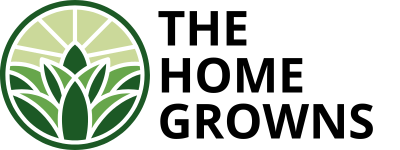


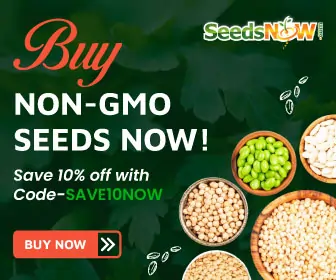

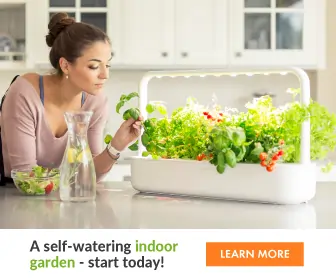

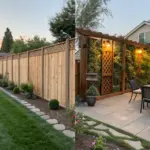
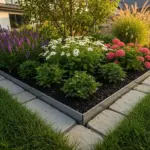
GIPHY App Key not set. Please check settings